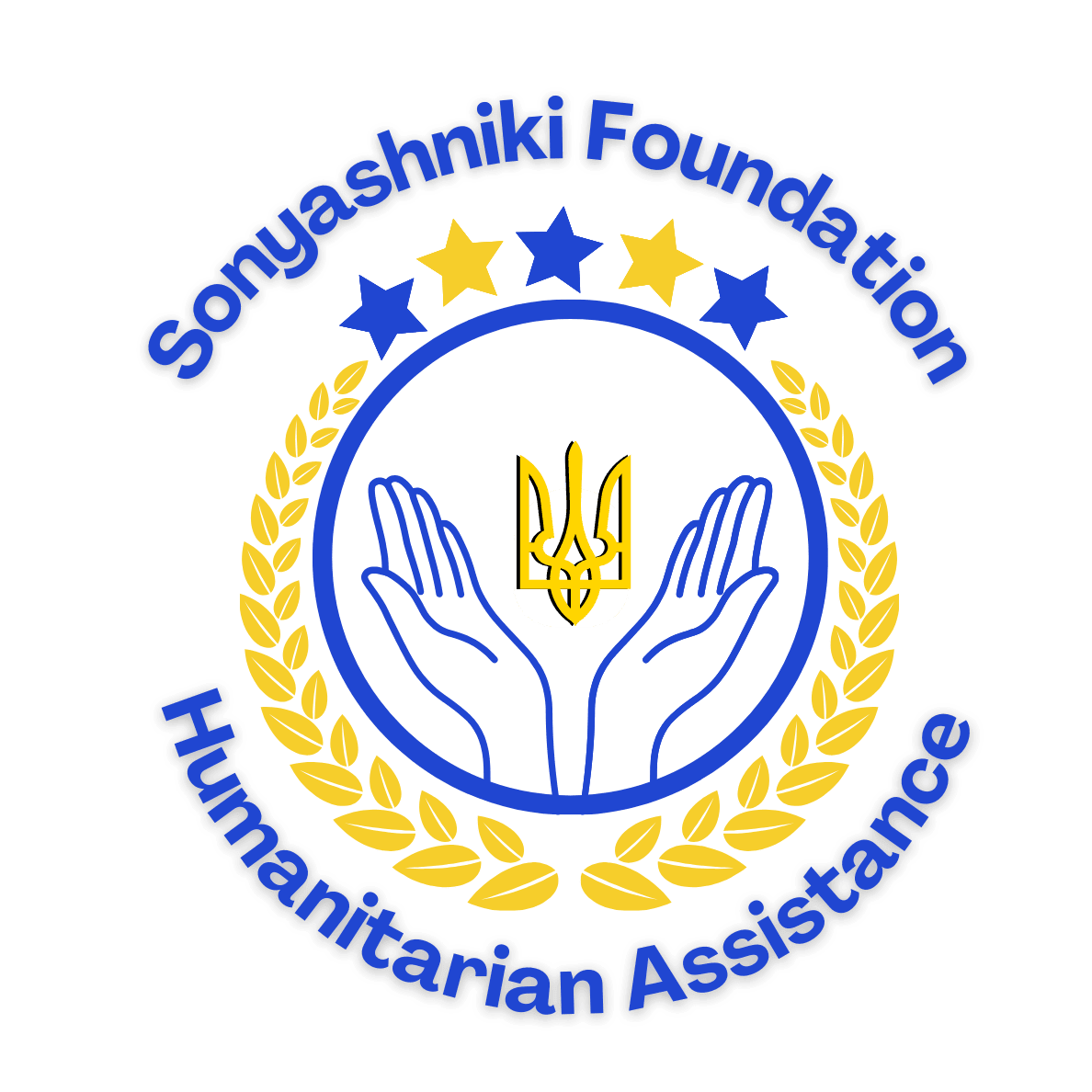
How Sunflowers Became A Symbol Of Resistance Across Ukraine And Its Allies

Posted on Sep 03, 2022
Before February, not many of us have thought much about the sunflower, with its broad head and vibrant petals, despite its appealing and yes, "sunny" appearance. As part of flower arrangements, they add a pop of brightness and can stand tall. We use its seeds as a healthy snack, to top our salads for a bit of protein-rich crunch or to make a creamy "sunshine sauce." But now, the humble daisy has taken on new meaning.
As Ukraine's national flower, the sunflower has turned into a symbol of resistance amongst Ukrainians and their allies amid Russia's full-scale military invasion. Rows of sunflowers line barricades at the Russian embassy in London. Protesters worldwide hold the flower's long stems in their hands, add them to lapels, and even decorate their dog's collars. Packets of sunflower seeds are being distributed for free at Beaver Dam Farms in Virginia.
Along with Ukraine's blue and yellow flag, the sunflower emoji is now a common sight across social media, notably accompanying Twitter handles and personal bios to show support.
US First Lady Jill Biden has also made her solidarity with the unitary republic clear. According to The Philadelphia Inquirer, Biden wore a mask adorned with a sunflower on Monday and later sported a sunflower on the sleeve of her dress during President Biden's State of the Union Address on Tuesday.
Sunflowers are widely adored in Ukraine, but the newfound meaning behind them arose after a viral video showcased the sheer courage of one Ukrainian civilian. Salon takes a closer look at the video and the flower's historical significance to explain how a national flower transformed into a symbol of protest.
The origins of sunflowers in Ukraine
Sunflowers were cultivated in North America around 3000 BC and then were introduced to Eastern Europe much later, around the 1500s. Tsar Peter the Great is credited for the popular cultivation of the plant in the 18th century, according to the National Sunflower Association. The "sunny" cultivars found a new home in Ukraine and flourished in the country's hot-dry climate and nutrient dense soil. The locals were also quite fond of the flowers after learning that the Orthodox Church permitted sunflower oil during Lent.
According to a blog post published by the MIR tour-company, sunflowers "in folk imagery represent the warmth and power of the sun, which was worshipped by pre-Christian Slavs." The flowers celebrated "energy, life and well-being" and stood for "fertility and unity." Sunflowers were oftentimes woven into wreaths for girls during celebrations and embroidered on fabric and clothes. This is because the flowers were believed to protect "the wearer against evil spirits, bad fortune and illness," per the Russian Flora Blog.
The sunflower became further embedded in Ukraine's identity when the Church didn't ban its oil for Lent.During the early 19th century, sunflowers were mass produced across the country, primarily for consumption. Sunflower seeds fried in oil and coated with salt were — and still are — a popular snack along with halwa, a soft confection made with the plant's seed and oil.
The flowers also tout incredible scientific properties. According to the Athens Science Observer, sunflowers are "a hyperaccumulator of dangerous heavy metals," which means they can draw out metal toxins from the soil and clear up environmental contamination. Shortly after the 1986 Chernobyl disaster, sunflowers were widely grown to extract cesium-137 and strontium-90, the two most common toxins found at the site.
In 1996, top defense officials from the U.S., Russia and Ukraine scattered sunflower seeds in a field at the Pervomaysk missile base in southern Ukraine to mark the country's complete nuclear disarmament.
"It is altogether fitting that we plant sunflowers here at Pervomaysk to symbolize the hope we all feel at seeing the sun shine through again," said Defense Secretary William J. Perry that day.
That viral video about sunflower seeds
On Feb. 24, sunflowers entered the world's consciousness thanks to a video clip first posted by Ukraine World. In the brief clip, a Ukrainian grandmother is seen challenging a heavily armed Russian soldier, insisting he pocket a handful of sunflower seeds so that they'll grow when he's killed on Ukrainian terrain.
According to translations provided by BBC News, the woman is told to go away after she asked the soldier who he was. She doesn't stop there however and asks the soldier if he was Russian, to which he replies with a simple "yes."
"So what the f**k are you doing here?" she asks furiously. The soldier dismisses her question once again.
"You are occupants, you are fascists!," she says. "What the f**k are you doing on our land with all these guns? Take these seeds and put them in your pockets, so at least sunflowers will grow when you all lie down here."
The soldier warns her to not escalate the situation.
"What situation? Guys, guys. Put the sunflower seeds in your pockets, please," she repeated. "You will lie down here with the seeds. You came to my land. Do you understand? You are occupiers. You are enemies. And from this moment, you are cursed. I'm telling you."
"Last Week Tonight" revisted the video on Sunday's episode, earning words of support from John Oliver:
"Good for her! Good for her! Let's just recognize for a second how ice cold that insult is. That is f**king brutal. That woman brought seeds to a gunfight and somehow still comfortably won."
Original article: How Sunflowers Became A Symbol Of Resistance Across Ukraine And Its Allies
Send Us a Message
If you want to know more about our cause, contact us. We will gladly speak with you.
We will respond as quickly as possible.
Contact Us
Give us a call
(512) 265-7387Send us an email
[email protected]